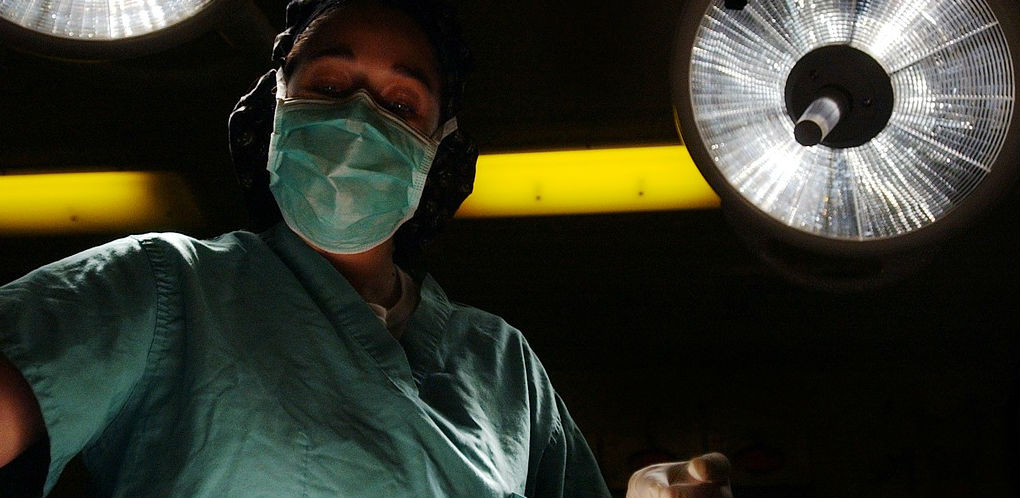
A medical malpractice insurance company recently published a study of medical malpractice lawsuits over anesthesiologists’ mistakes. It’s a follow-up to a previous study the company conducted and shows not much has changed. Patients still die at a relatively high rate from this type of surgical error.
In February the Doctors Company released the findings of its latest research (“Anesthesiology Closed Claims Study”). It includes resolved anesthesia medical malpractice lawsuits for the years 2013 through 2018. It is a comparative look at its previous study for such claims between 2007 and 2012.
The first study, released in 2014, included 640 claims. The new effort examined 587 medical malpractice lawsuits.
Factors in Serous Anesthesia Errors
Experts for both doctors and patients reviewed the medical malpractice claims and identified common factors among them, including:
· Technical skill of healthcare providers
· Communication
· Environments of healthcare facilities
· Judgment of healthcare providers
When comparing the causes for the lawsuits between the two studies, researchers found some differences.
In the former study, the leading cause was improper anesthesia procedures, accounting for over a third of the lawsuits. In the latter, improper patient management was the top reason cited, with just under a third of all medical malpractice claims against anesthesiologists.
Types of Mistakes During Anesthesia Administration
The improper patient management mistakes led to breathing, nervous system and heart-related patient injuries. The experts reviewing the claims found that doctors in many cases did not spend adequate time reviewing patient histories, where potential dangers may have been uncovered.
Mistakes during anesthesia administration were also common in the second study, examples of which were:
· Injection of anesthesia into the spinal canal
· Injection of anesthesia into a nearby nerve
In terms of overall patient harm due to anesthesiology mistakes, in both studies tooth damage was most prevelant. However, the second most common injury was patient death. Patients died in 23% of the medical malpractice lawsuits.
This rate was consistent for both studies. Between 2007 and 2012, and then again between 2013 and 2018, nearly a quarter of the surgical patients died following mistakes in anesthesiology.
Other top patient harm remained constant over those 12 years as well. These included:
· Patient cardiac or respiratory arrest
· Patient organ damage
· Patient nerve damage
But between the two studies, the average compensation paid to patients harmed by anesthesiologists’ errors increased 12.5%. The number of payments over $500,000 accounted for 36% of patient awards in the second study, versus 19% in the earlier research.
The authors of the second study offered suggestions to doctors and healthcare executives for reducing serious anesthesiology errors.
One is for surgeons and hospitals to allow anesthesiologists enough time before surgery to thoroughly review patient records and histories, including any prior experience with anesthesia. Following this review, anesthesia plans for surgery should be tailored to patients’ special needs or circumstances.
Just about any surgery poses risks, but anesthesiologists not preparing adequately should not be among them, as the consequences often are dire.
If you suffered serious harm or had a loved one die during or following surgery and you suspect an error in care, speak with an experienced medical malpractice lawyer to investigate.
The choice of a lawyer is an important decision that should not be based solely on advertisements.
Authored by Gray Ritter Graham, posted in Blog April 20, 2020

 RSS Feed
RSS Feed